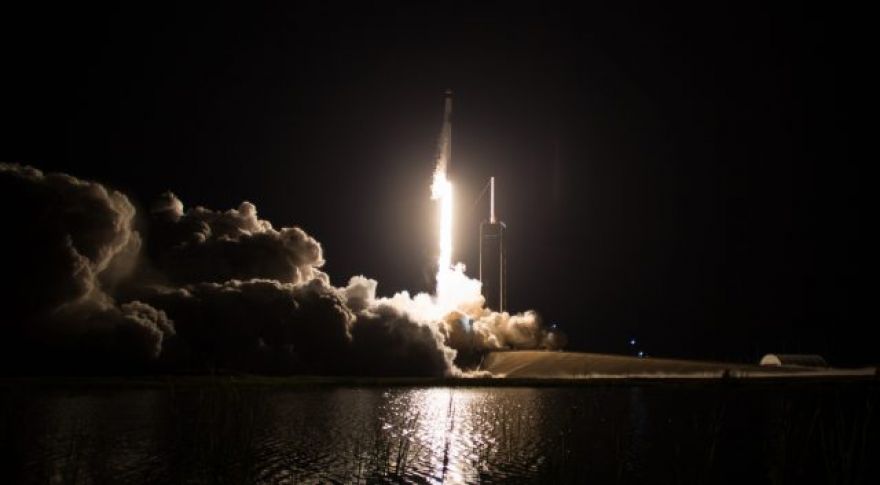
Welcome back to This Week in Space! After a hiatus, we’re pleased to once again bring you our Friday morning digest of all things space-related. Let’s start with NASA news. Mission: Unstoppable NASA has extended the missions of eight of its planetary-science spacecraft, thanks to their outstanding scientific productivity. The list: NASA’s InSight lander, Mars Odyssey, Mars Reconnaissance Orbiter, MAVEN, Mars Science Laboratory (the Curiosity rover), the Lunar Reconnaissance Orbiter, New Horizons, and OSIRIS-REx. Most of the listed missions are getting a . However, NASA experts believe they can get nine more years out of OSIRIS-REx, assuming the stalwart spacecraft keeps doing as well as it’s done so far.
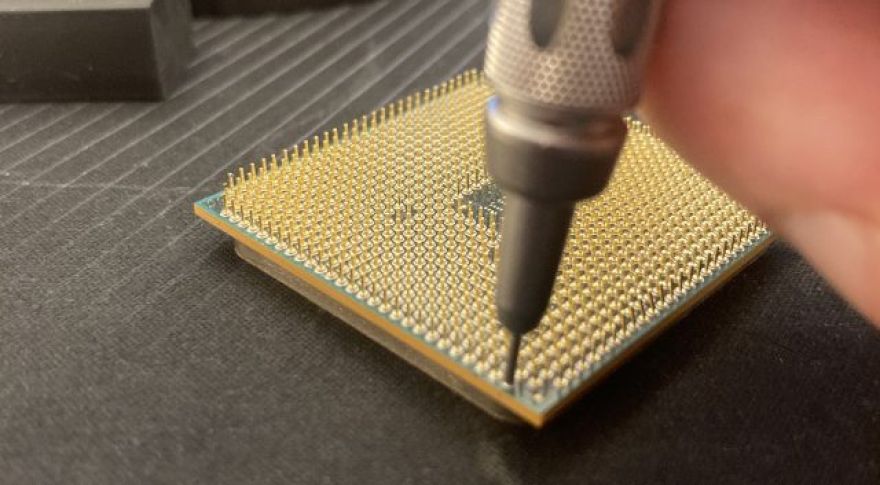
For decades, bent pins have been one of the realities of buying, installing, and swapping CPUs, especially if you’ve stuck with AMD chips after Intel moved to LGA processors back in 2004. While there are undoubtedly a few lucky individuals blessed with steady hands, fast reflexes, and a merciful lack of pets known to walk across a table with less than perfect regard for its contents, the majority of longtime AMD enthusiasts have dealt with bent pins at one point or another. “Hurrah! I love doing this,” said no one, ever. One of the most common ways to fix bent pins is to use a narrow straight-edge like a credit card or a needle to manipulate the pins back into alignment.
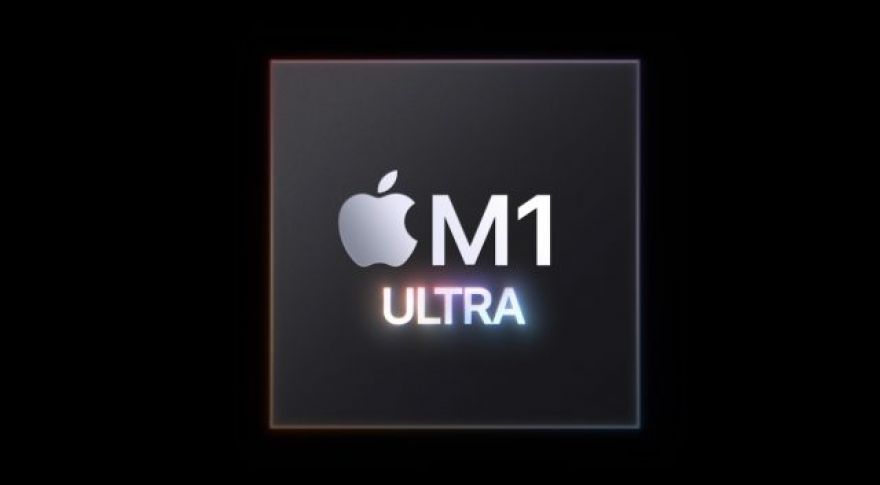
It’s surprisingly hard to pin down exactly how Apple’s M1 compares to Intel’s x86 processors. While the chip family has been widely reviewed in a number of common consumer applications, inevitable differences between macOS and Windows, the impact of emulation, and varying degrees of optimization between x86 and M1 all make precise measurement more difficult. An interesting new benchmark result and from app developer and engineer Craig Hunter shows the M1 Ultra absolutely destroying every Intel x86 CPU on the field. It’s not even a fair fight. According to Hunter’s results, an M1 Ultra running six threads matches the performance of a 28-core Xeon workstation from 2019.
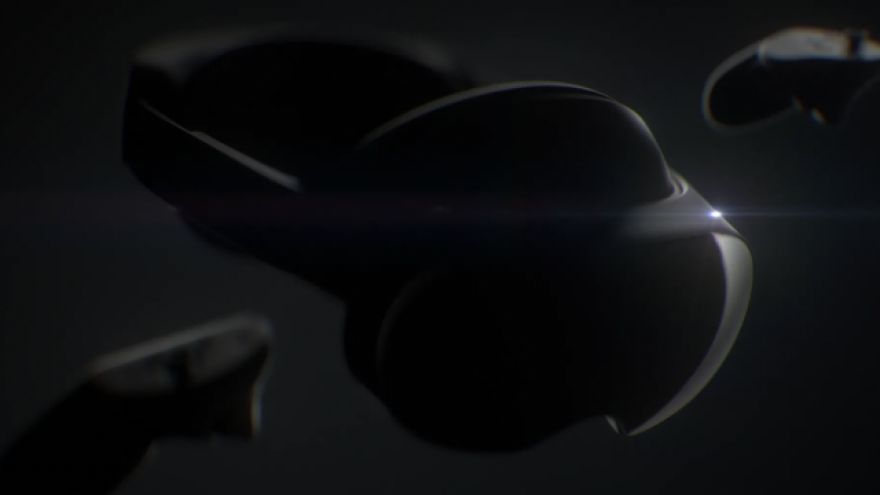
In late 2021 Meta began to tease a high-end Virtual Reality (VR) headset it was developing called Project Cambria. Back then it was rumored to be something akin to a Quest Pro device. It was touted as an upgraded and refined Quest, with more advanced capabilities. In this week’s earnings call, Meta CEO Mark Zuckerberg shared new details on the still-in-progress headset. As Zuck pitched it, the device is more for work than gaming. On the call, the Meta CEO the multiple headwinds the company was facing and how it plans to overcome them. One of its strategies is creating its version of the Metaverse, which has been discussed ad nauseam.

Over the years Facebook and its parent company Meta have been embroiled in numerous privacy-related incidents. The company been accused of bring reckless with user data many times, and according to internal documents we now know why: its systems were designed that way. The folks over at have gotten their hands on an internal written by privacy engineers. The document was prepared to advise the company’s leadership on “inbound regulations” regarding how it uses its customers’ data. Overall, It doesn’t paint a pretty picture. The engineers note Facebook was “surprised” by new regulations coming from the EU and India that restricted its use of first party data.
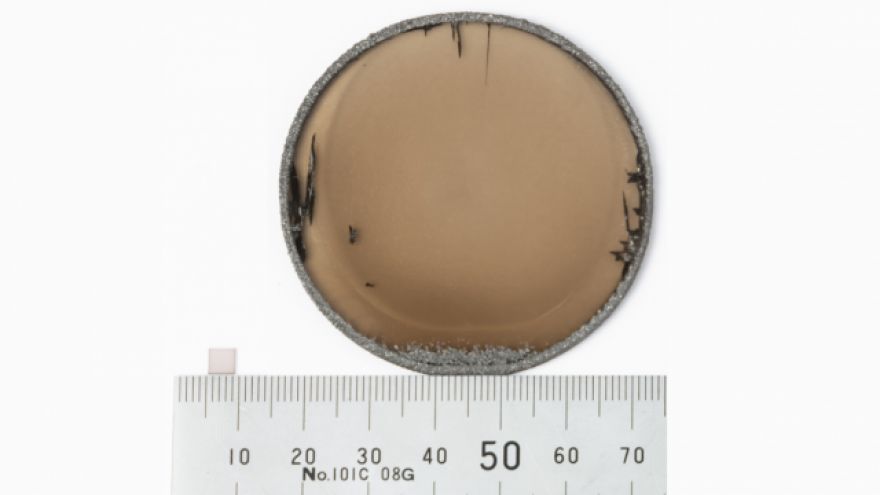
(Photo: Adamant Namiki Precision Jewel Co., Ltd)A company in Japan that specializes in jewelry has teamed up with researchers to create a mind-blowing storage breakthrough. The team was able to manufacture a two-inch diamond disk intended for quantum computing. It’s the largest diamond storage device ever created, capable of holding up to 25 exabytes of information at room temperature. Adamant Namiki Precision Jewel Company teamed up with researchers from Saga University for the project. The challenge was to create a diamond wafer that was both “pure” and bigger than the current standard of 4mm, which is too small to be practical.

Residents of several southern states both saw and heard a visitor from outer space this week. NASA is reporting over 30 people caught a glimpse of a fireball hurtling towards Earth. Many more residents of Arkansas, Louisiana and Mississippi didn’t see the object, but heard it just fine. There were myriad reports of loud booms as the object rocketed through our atmosphere, and eventually fell to earth. the fireball was likely a chunk of an asteroid that measured a foot across and weighed around 90lbs. It was plummeting towards earth at a speed of 55,000 miles per hour as it began to break apart in the lower atmosphere.
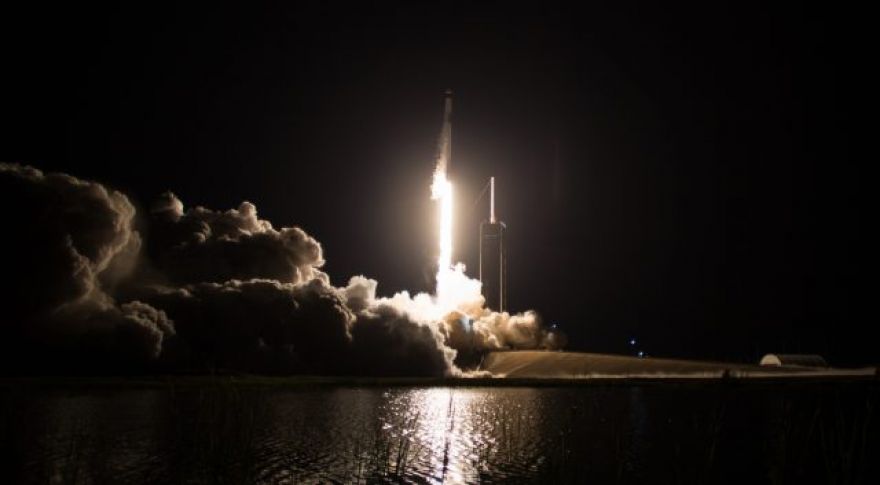
Welcome back to This Week in Space! After a hiatus, we’re pleased to once again bring you our Friday morning digest of all things space-related. Let’s start with NASA news. Mission: Unstoppable NASA has extended the missions of eight of its planetary-science spacecraft, thanks to their outstanding scientific productivity. The list: NASA’s InSight lander, Mars Odyssey, Mars Reconnaissance Orbiter, MAVEN, Mars Science Laboratory (the Curiosity rover), the Lunar Reconnaissance Orbiter, New Horizons, and OSIRIS-REx. Most of the listed missions are getting a . However, NASA experts believe they can get nine more years out of OSIRIS-REx, assuming the stalwart spacecraft keeps doing as well as it’s done so far.

The Russian utility Gazprom has announced it will suspend natural gas shipments to Poland and Bulgaria beginning on April 27. On March 31, Putin signed a decree that required “unfriendly” EU nations to pay for natural gas in rubles rather than in euros or dollars. The response from the EU initially has been that member states should continue to pay for gas with euros or dollars as stipulated in existing contracts. Last week, the EU issued guidance indicating European nations might be able to pay for Russian gas in rubles without breaching sanctions if the transactions were conducted in specific ways.









